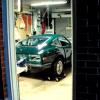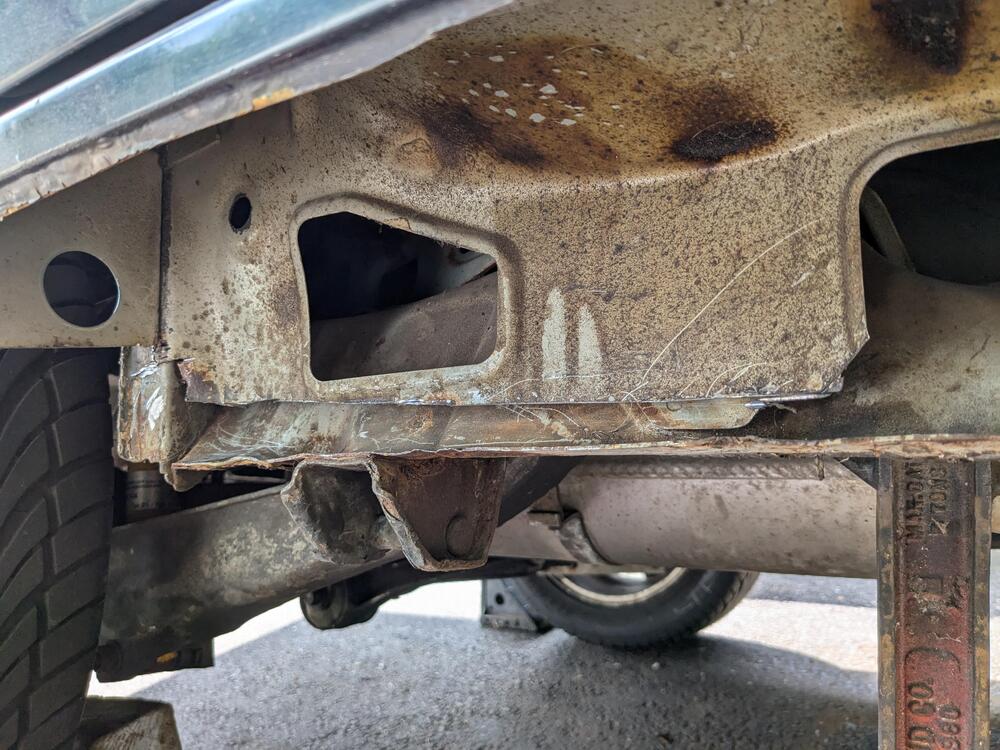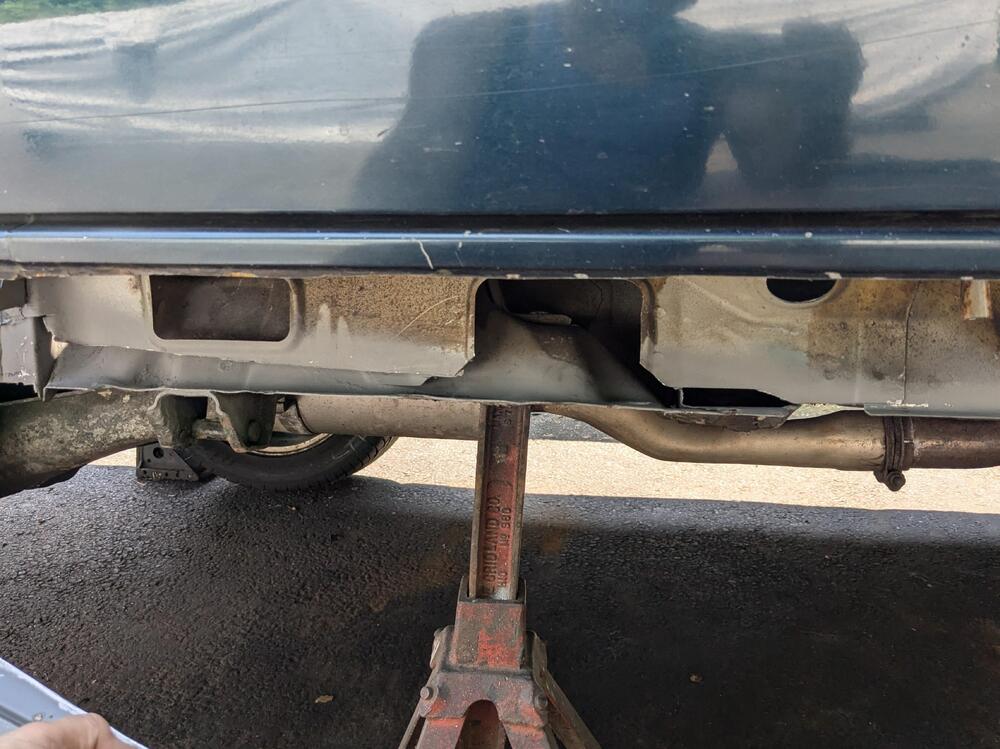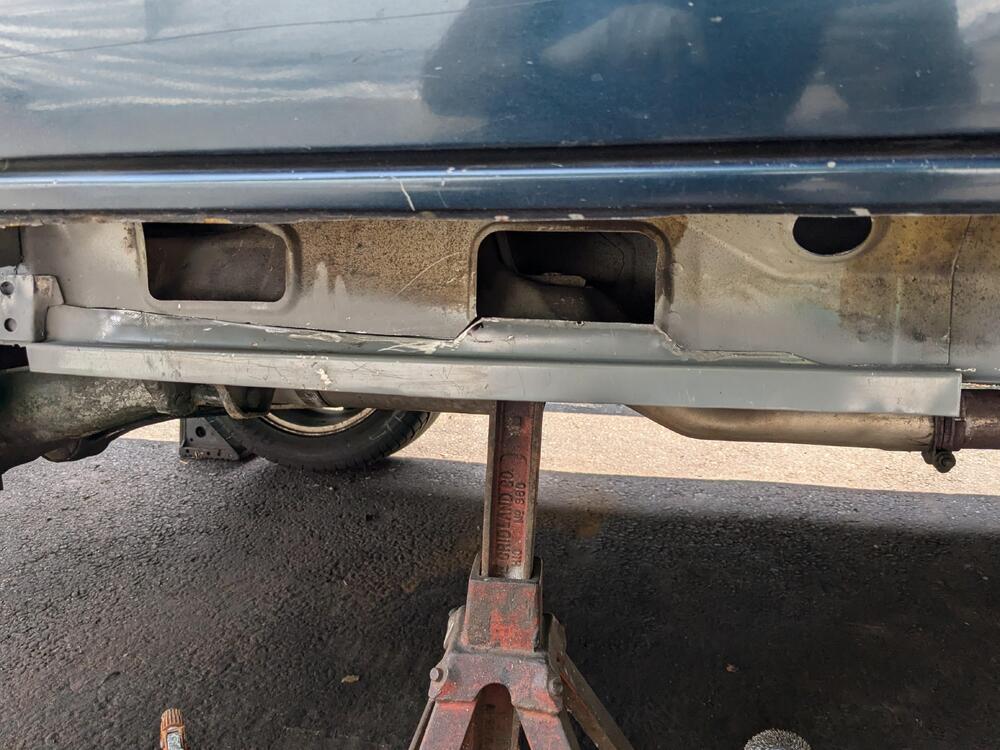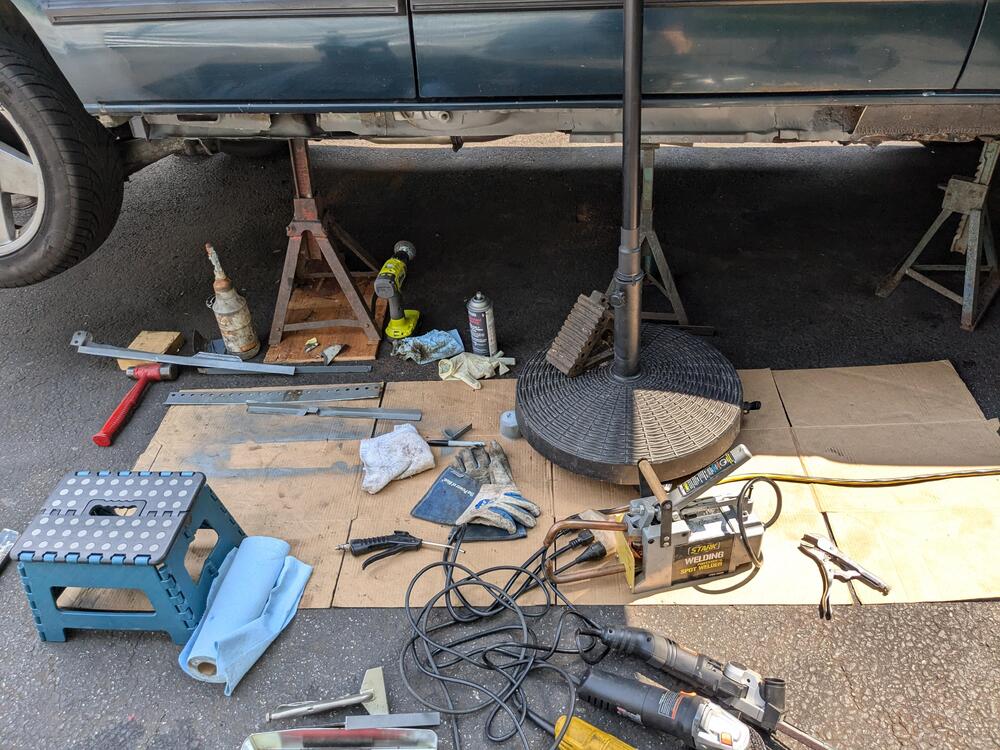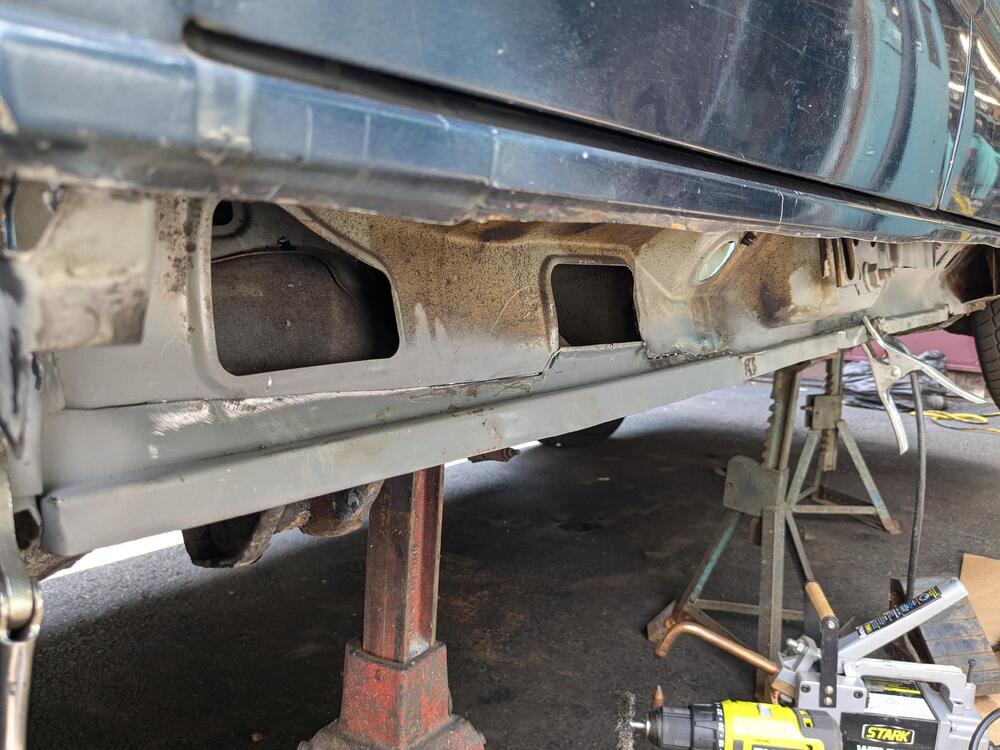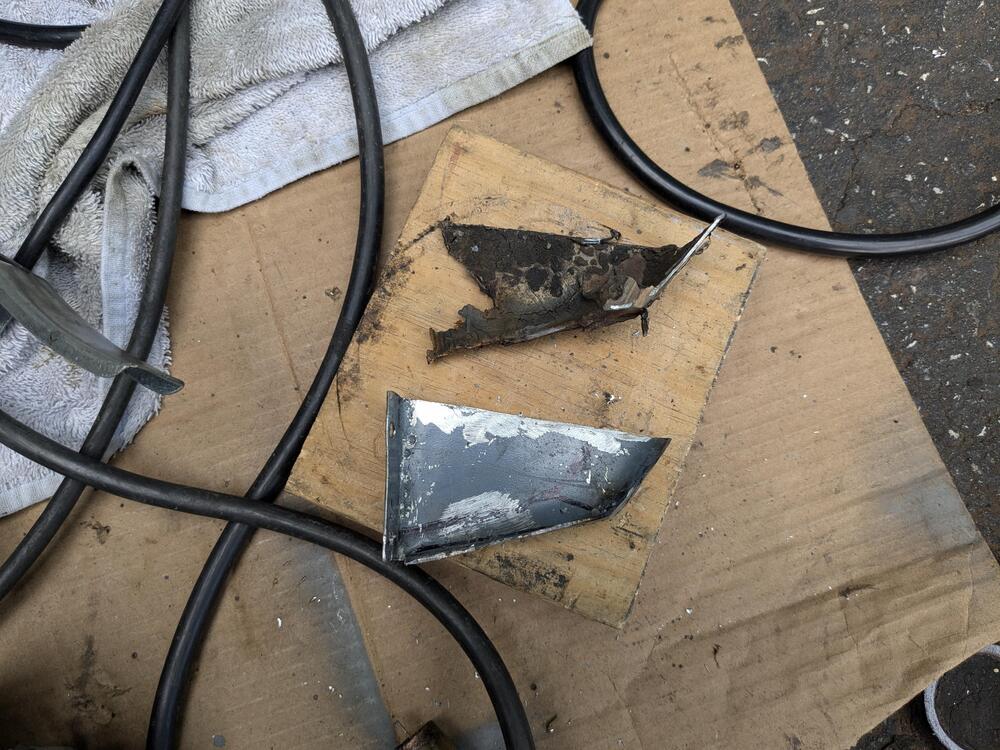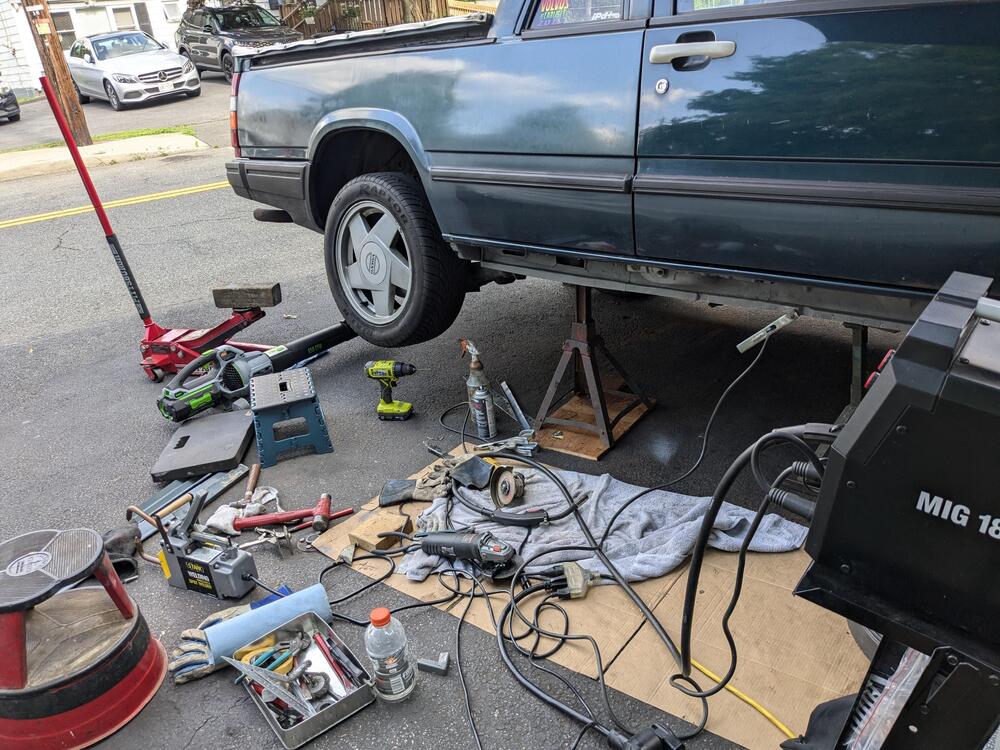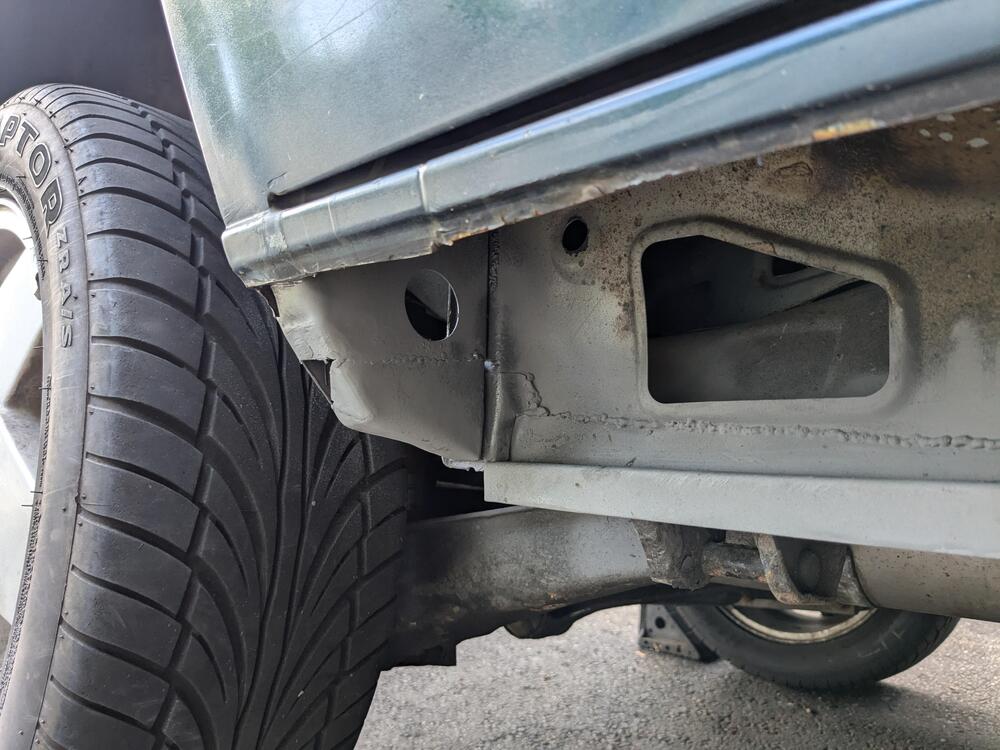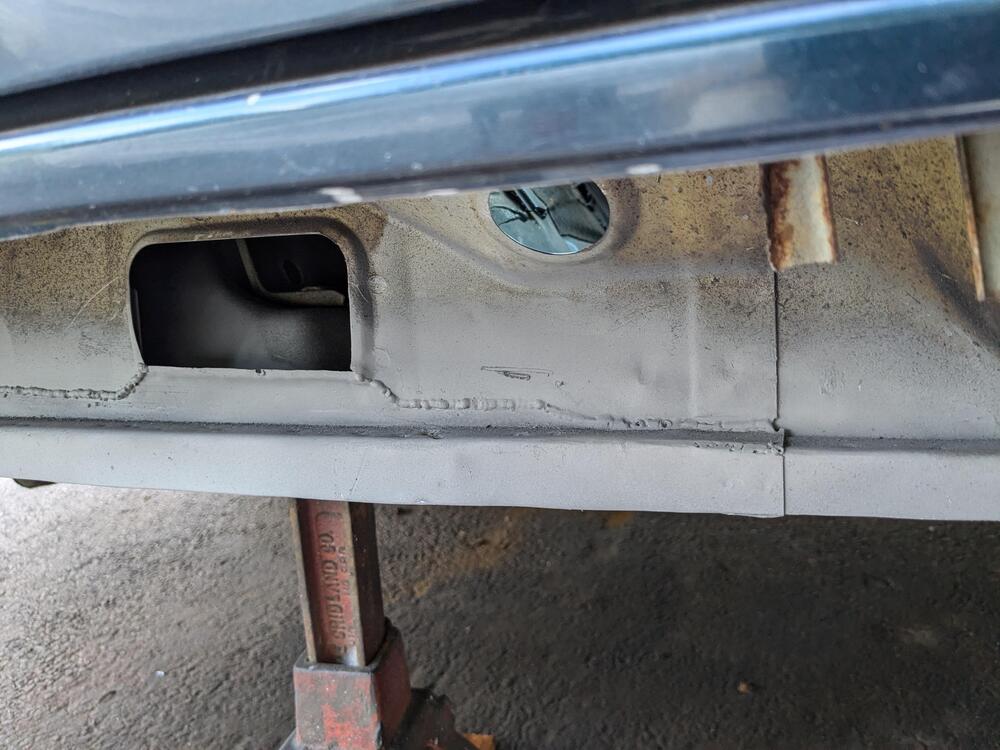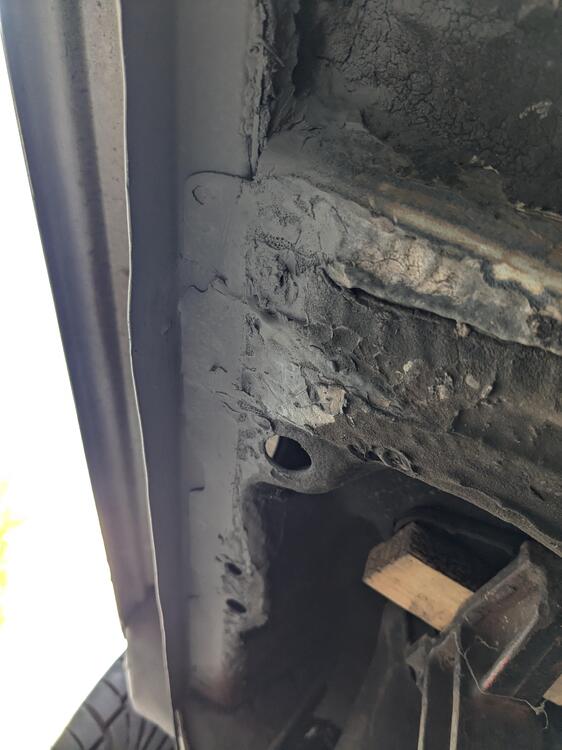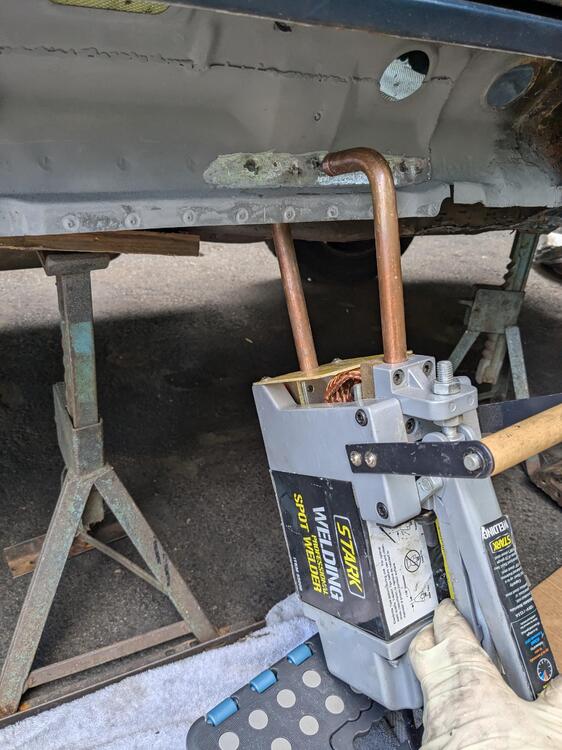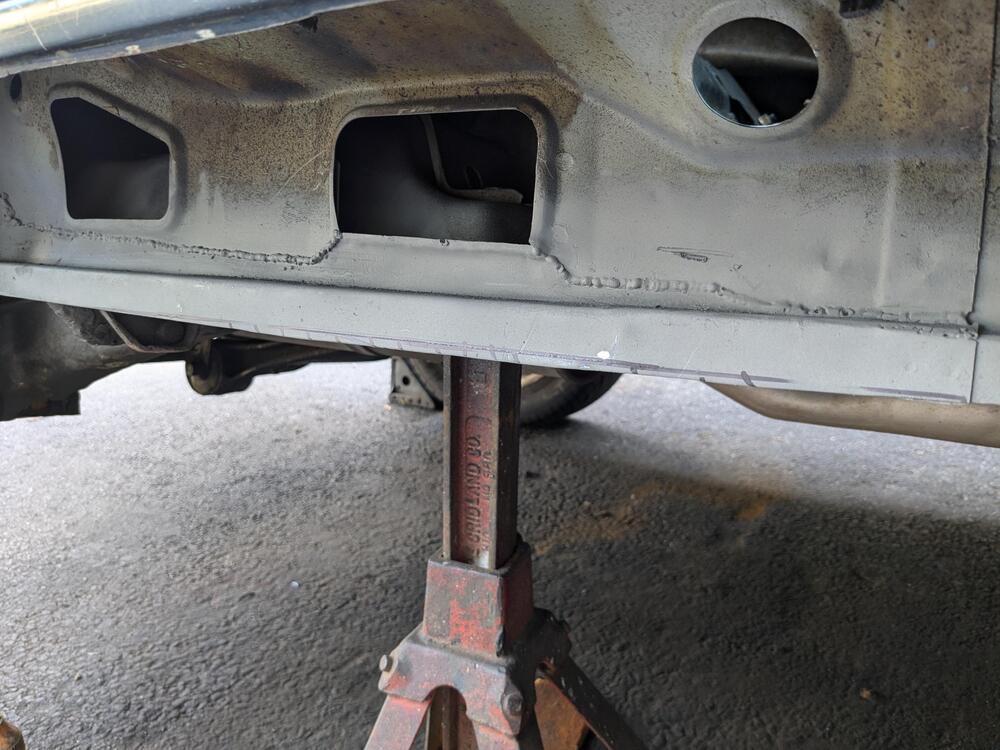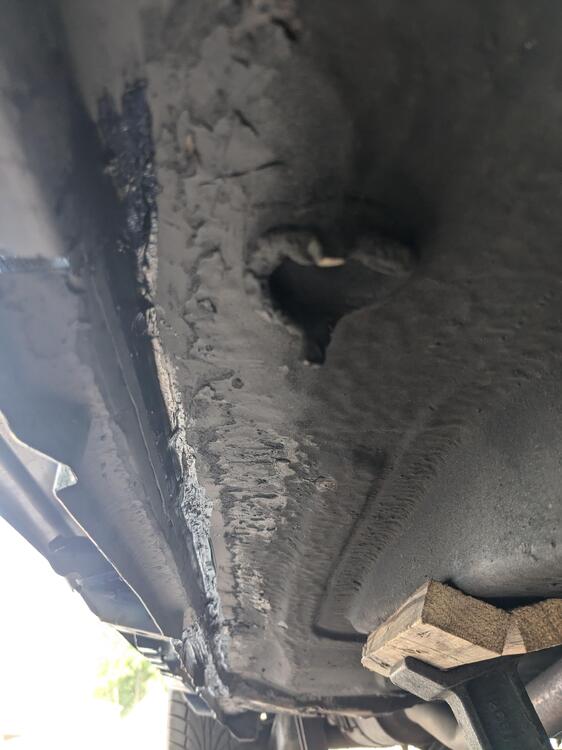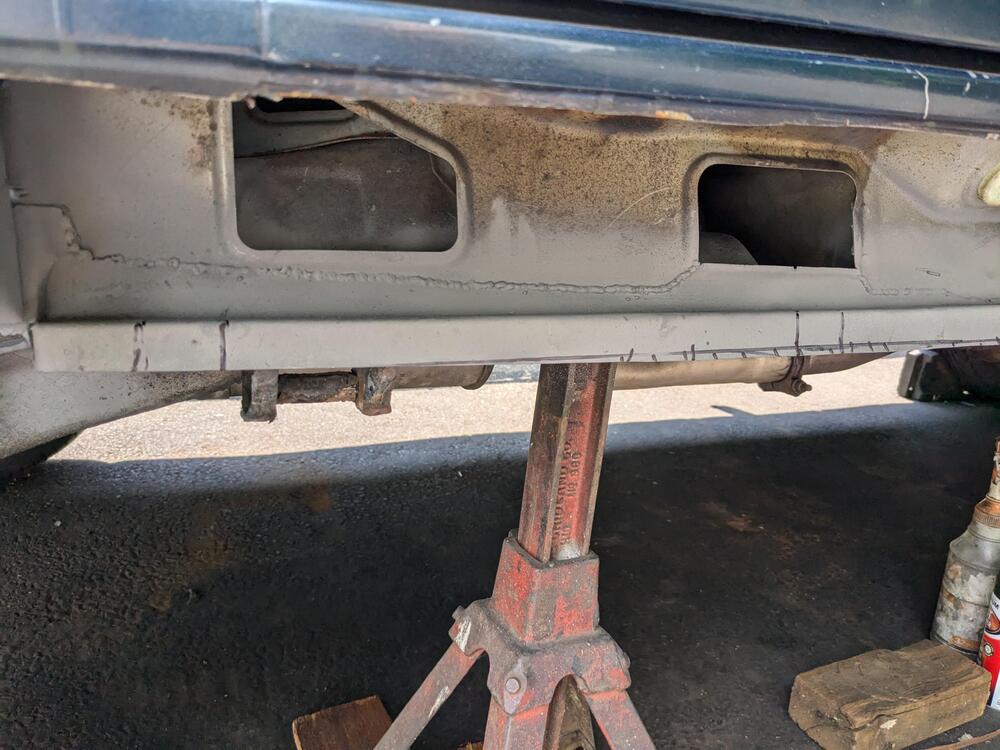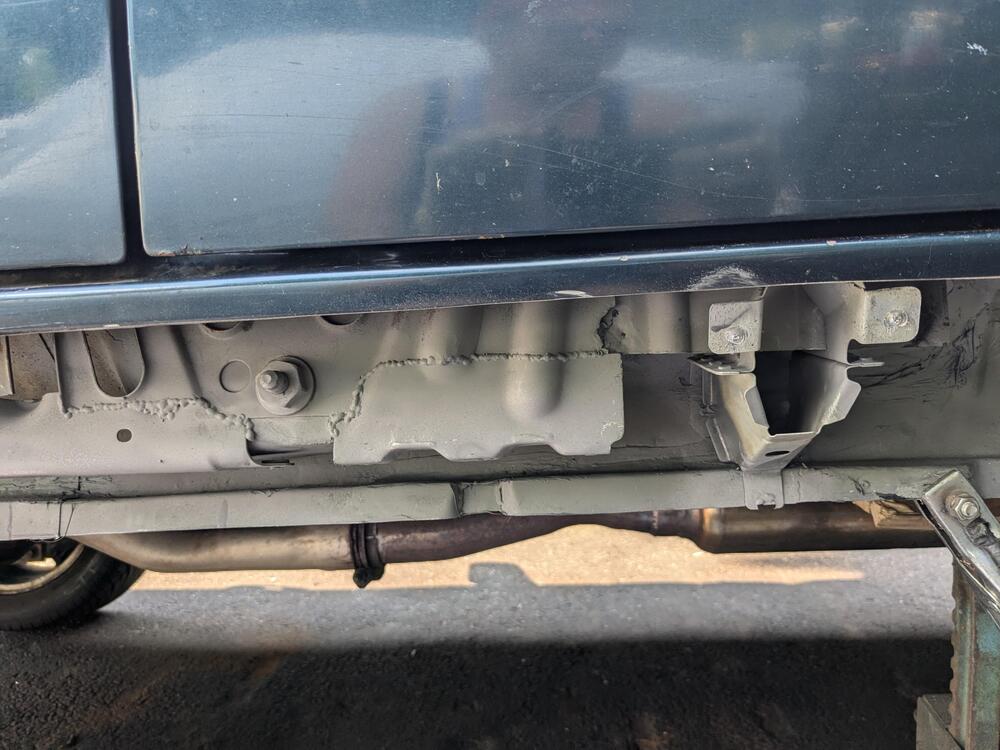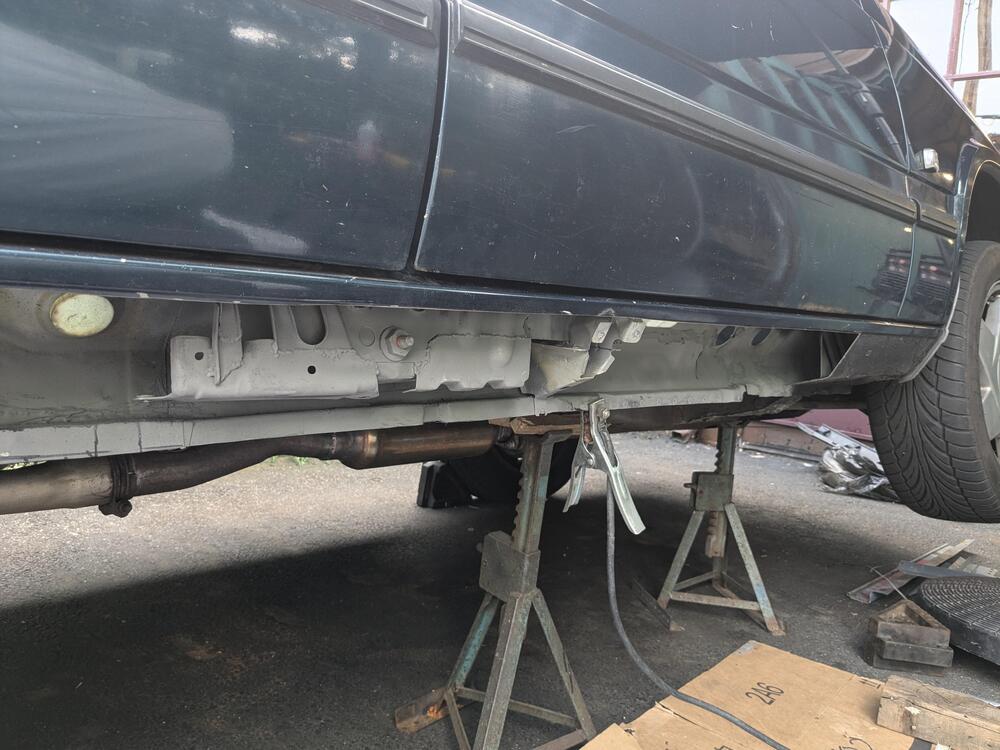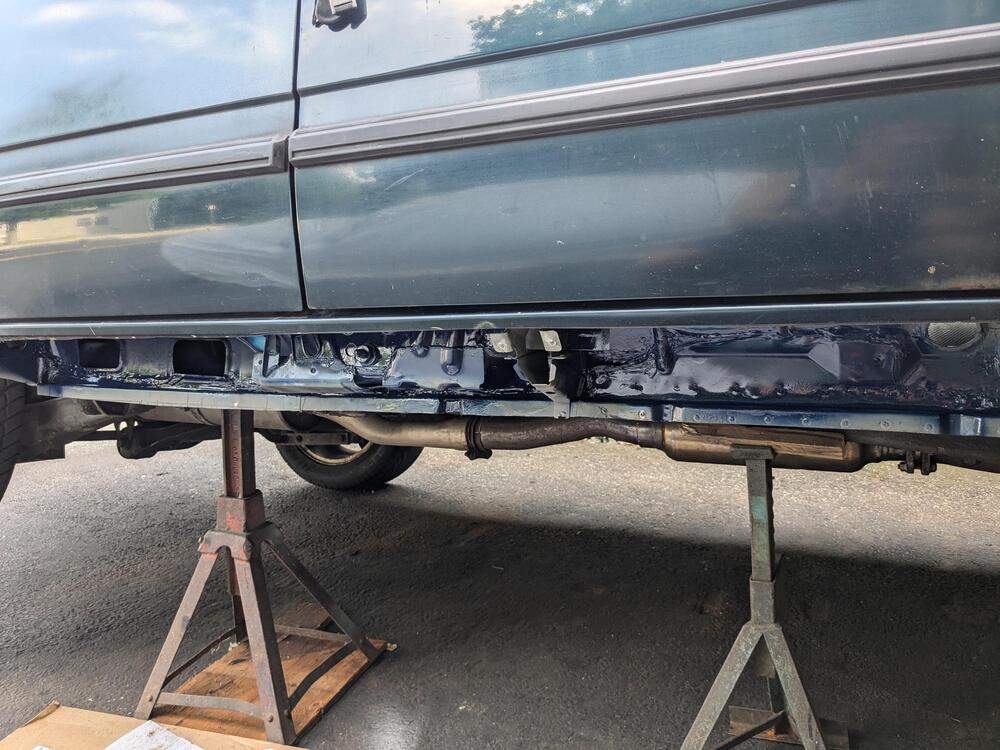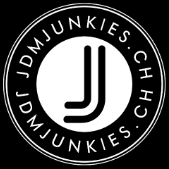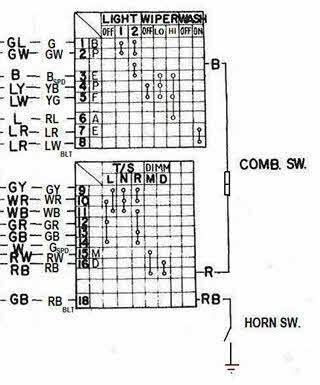Red-Kote seems like a good choice too. Made for sealing gasoline.
http://damonq.com/red-kote.html
RED-KOTE®
Red-Kote is an internal fuel tank liner designed to seal leaks and prevent further rusting. As a sealant, Red-Kote excels at sealing the often hundreds of pin-hole leaks that occur along seams or where straps wrap around the tank. Once in place, Red-Kote forms a very tough, flexible membrane that will never crack or flake as many competitive products do. Red-Kote will not plug lines or cause engine damage when used properly. Future rust will be prevented because condensation will not contact the metal. A partial list of additives that Red-Kote is resistant to includes ethyl alcohol, methyl alcohol, toluene, methyl tertiary butyl ether, isopropyl alcohol and tetraethyl lead. Red-Kote takes approximately eight hours to dry
 Subscriber
Subscriber 1Points11,142Posts
1Points11,142Posts






